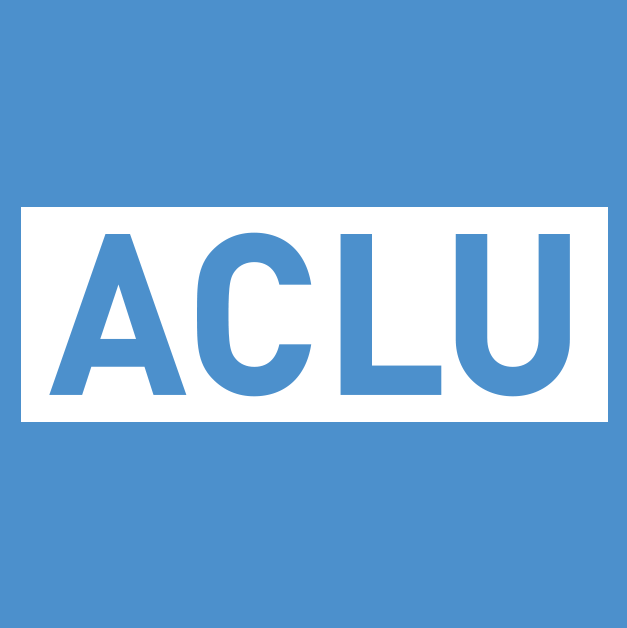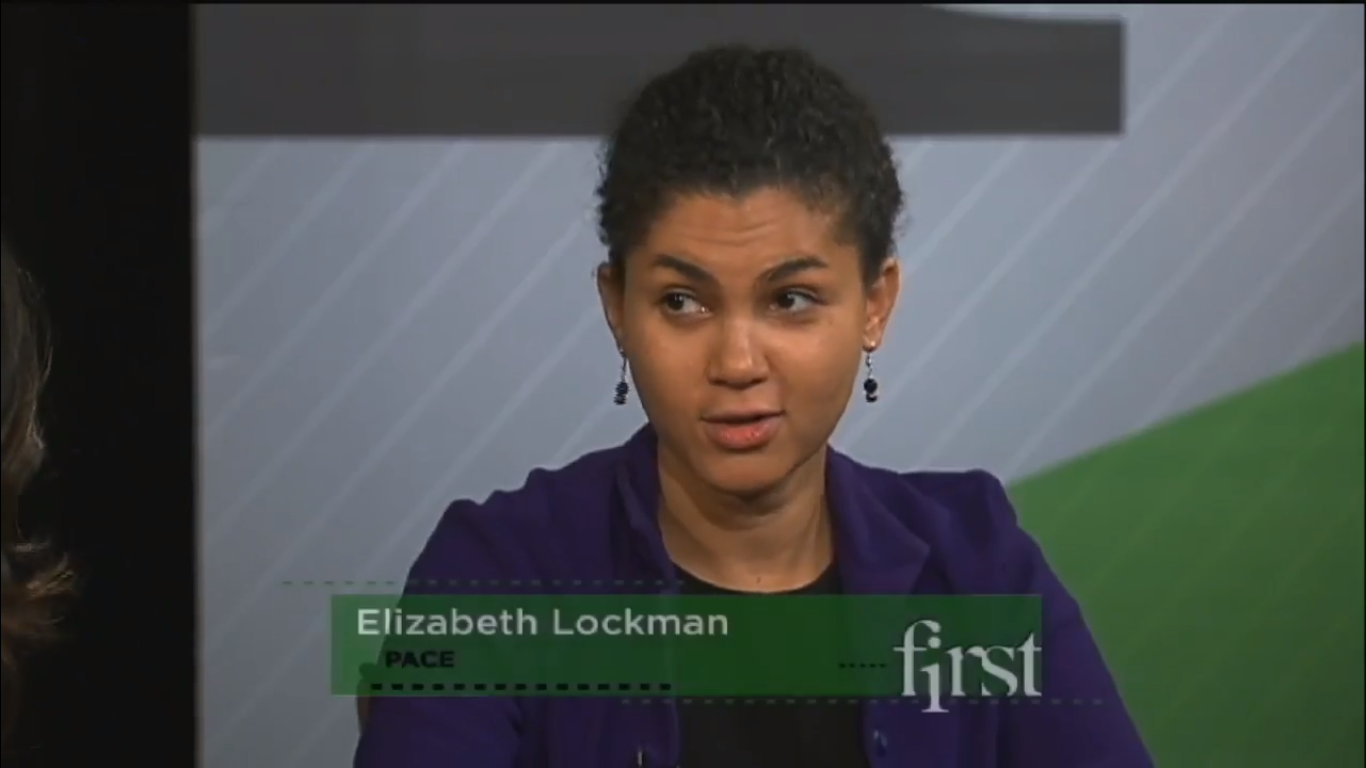Resegregation: The Unfulfilled Promise of Brown
By Carmel Ferrer – ACLU Blog
Elizabeth “Tizzy” Lockman lives with her daughter, Sophie, in the same Wilmington, Del., house where Tizzy grew up. She had hoped to send her daughter to the same elementary school she attended as a little girl, but soon discovered that the school she knew in the 1980s had changed dramatically.
Where a racially and economically diverse student body once streamed through the hallways of Lewis Elementary, the school had become nearly 100 percent Hispanic by 2008. This wasn’t a problem limited to just one school in the Red Clay Consolidated School District. Across town, what had been the top school in the city, Warner Elementary, was now at the very lowest end of the economic spectrum, with a population that was almost entirely Black.
“I was shocked by how much things had changed,” says Tizzy, a media producer and self-described “school reform activist” who is active in school organizations and serves on the board of the ACLU’s Delaware affiliate. “I was looking for a school with some socioeconomic balance and realized that not only did it not exist in the city, but it was reversed in the suburbs: heavily white and higher income.”
The demographic shift from mixed to monocultural is taking place all across America. Known as “resegregation,” the phenomenon has been traced to several coexisting factors: the emergence of the “majority-minority” population; a gradual release from desegregation court orders; the increase in income inequality, which leads to fewer middle-class and socioeconomically diverse neighborhoods; and the rise of charter schools.





